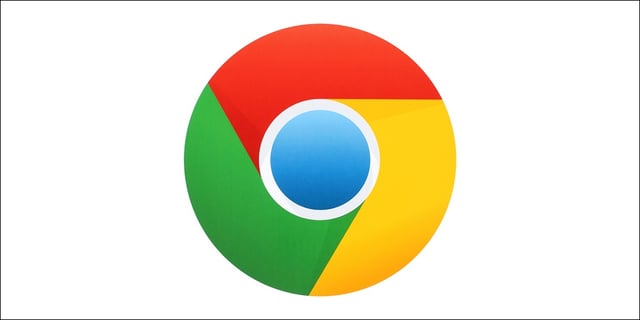This week's review of ad fraud and quality in the digital advertising space.

As reported by MediaPost, Pixalate this week released the Q1 2018 Ads.txt Trends Report. According to Pixalate's data, ads.txt adoption increased 269% in Q1 2018, rising from fewer than 100,000 total sites with ads.txt on January 1, 2018 to over 300,000 sites with ads.txt by March 31, 2018.
Read more or download the full report here.

Pixalate this week published a new blog highlighting the top trending app in every U.S. state, based on programmatic ad volume. The data shows the top trending iOS and Android tablet and smartphone apps from March 2018. "The data shows that popular apps tend to be popular throughout the entire country — although there can be instances of geography influencing an app's popularity (as ranked by programmatic ad volume)," the blog reads.

"Google today launched Chrome 66 for Windows, Mac, Linux, Android, and iOS. The desktop release includes autoplaying content muted by default, security improvements, and new developer features," wrote VentureBeat. "In our tests, autoplaying content that is muted still plays automatically," VentureBeat continued. "Autoplaying content with sound, whether it has visible controls or not, and whether it is set to play on loop or not, simply does not start playing."
![]()
According to the Washington Post, citing a new study from a group of researchers, "Thousands of free, popular children's apps available on the Google Play Store could be violating child privacy laws." The article adds: "Seven researchers analyzed nearly 6,000 apps for children and found that the majority of them may be in violation of the Children's Online Privacy Protection Act (COPPA). Thousands of the tested apps collected the personal data of children younger than 13 without a parent's permission, the study found."

"Procter & Gamble, one of [the] world's biggest advertisers, kept its ads off YouTube for more than a year because of concerns about inappropriate content," wrote Advertising Age. "It plans to only advertise on videos the company has reviewed and approved," the article added, noting that this will include fewer than 10,000 YouTube channels.
Sign up for our blog to stay updated with new stats, trends, and analysis on digital ad fraud.
*By entering your email address and clicking Subscribe, you are agreeing to our Terms of Use and Privacy Policy.
These Stories on Weekly Recaps
*By entering your email address and clicking Subscribe, you are agreeing to our Terms of Use and Privacy Policy.

Disclaimer: The content of this page reflects Pixalate’s opinions with respect to the factors that Pixalate believes can be useful to the digital media industry. Any proprietary data shared is grounded in Pixalate’s proprietary technology and analytics, which Pixalate is continuously evaluating and updating. Any references to outside sources should not be construed as endorsements. Pixalate’s opinions are just that - opinion, not facts or guarantees.
Per the MRC, “'Fraud' is not intended to represent fraud as defined in various laws, statutes and ordinances or as conventionally used in U.S. Court or other legal proceedings, but rather a custom definition strictly for advertising measurement purposes. Also per the MRC, “‘Invalid Traffic’ is defined generally as traffic that does not meet certain ad serving quality or completeness criteria, or otherwise does not represent legitimate ad traffic that should be included in measurement counts. Among the reasons why ad traffic may be deemed invalid is it is a result of non-human traffic (spiders, bots, etc.), or activity designed to produce fraudulent traffic.”

